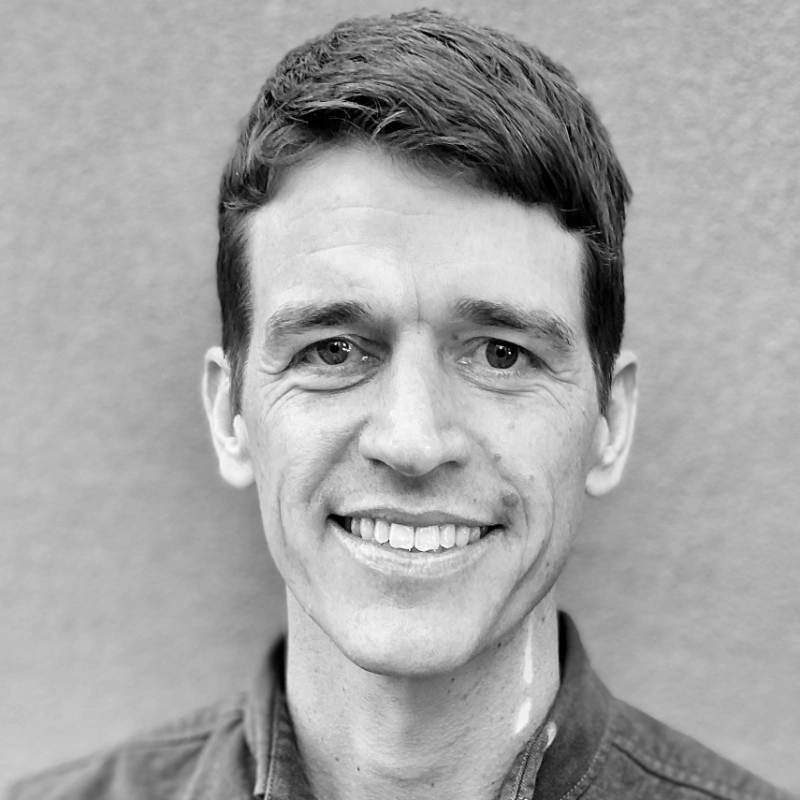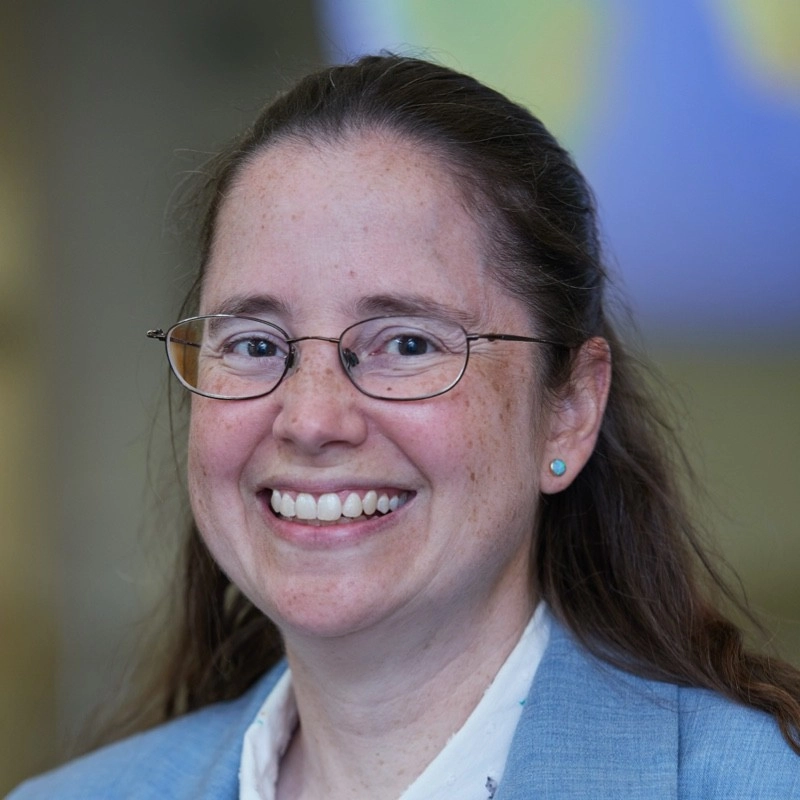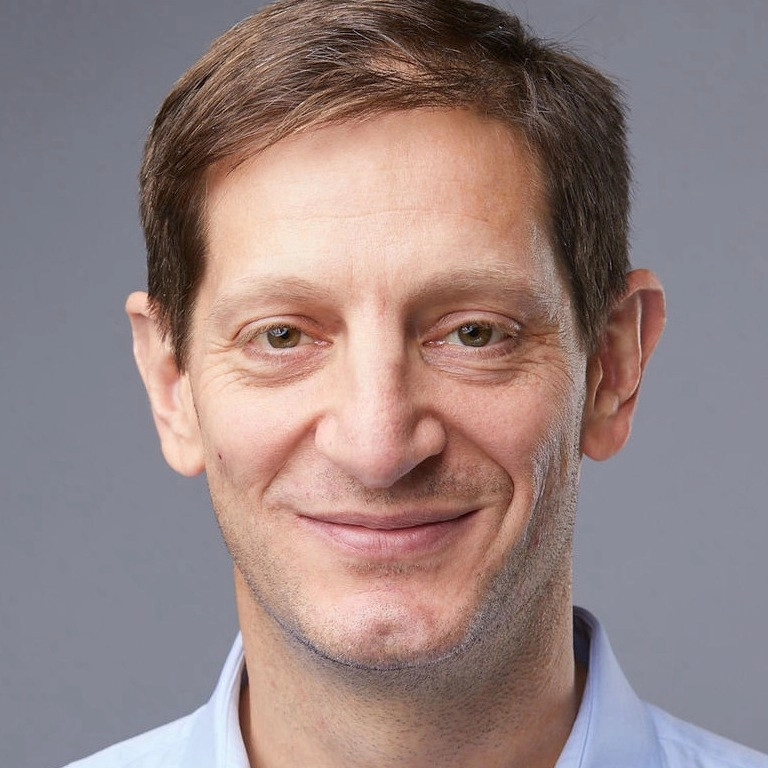Red sky in the morning, shepherd’s warning.
Red sky at night, shepherd’s delight.
Since humans poked their heads out of caves to see what the weather was like, we’ve been using the weather’s repeating patterns to predict the future in ways that deeply affect our daily lives and prosperity.
As weather events become more frequent and intense, the danger to communities, businesses, and individuals grows.
Traditional weather forecasting methods are a miracle of science, but should ideally be faster and cheaper than the current supercomputer approach. The world needs better, faster, and more accessible forecasting and personalized predictions, rather than delayed and generic forecasts, to help humanity adapt to and manage increasingly extreme weather.
AI applied to weather promises to make this possible.
To solve this problem, we are thrilled to announce the launch of Brightband, which is on a mission to democratize weather and climate forecasting and make it predictable for all.
We’re beginning our journey with a $10 million Series A funding round, led by Prelude Ventures with participation from Starshot Capital, Garage Capital, Future Back Ventures by Bain & Company, Preston-Werner Ventures, CLAI Ventures, Adrien Treuille (co-founder of Streamlit) and Cal Henderson (co-founder of Slack). With these funds, we’ll hire the best team to transform how weather data is generated and used.
Brightband seeks to responsibly develop an advanced, end-to-end Earth System AI to improve weather and climate-related decisions for the long-term benefit of humanity and the Earth. Our vision is to turbo-charge AI weather forecasting innovation with the best sort of open scientific competition like ImageNet did for computer vision.
Unlike the traditional forecasts that are run by a small number of government agencies, Brightband provides access to anyone—from small to major organizations—to generate forecasts tailored to their unique needs. This means every forecaster gets superpowers to create customized weather forecasts and make informed decisions.
We’re making this possible by fundamentally rethinking weather forecasting through a novel use of AI paired with raw weather observations, building the next generation of forecasting tools, and unlocking new opportunities for accuracy and reliability.
Our founding team includes some of the leading people in AI weather and deep tech startups.
- Ryan Keisler, a physical scientist whose solo groundbreaking 2022 paper ignited the current wave of AI-based advancements in global forecasting.
- Amy McGovern, a leading researcher in AI for high-impact weather, and Director of the NSF AI Institute for Research on Trustworthy AI in Weather, Climate, and Coastal Oceanography (AI2ES) with a B.S. in Math and Computer Science from Carnegie Mellon and a Ph.D. in Computer Science from UMass Amherst.
- Daniel Rothenberg, an MIT-trained meteorologist and climate scientist known for his work with the Pangeo community, Google Research, and Tomorrow.io weather programs.
- Julian Green, a serial AI and deep-tech entrepreneur who ran AI moonshots for Google X.
Brightband is committed to openness and collaboration. We will open source benchmark datasets, models, and metrics to establish a common task for global weather forecasting, inviting broad and diverse contributions to improve accuracy and functionality.
We started Brightband as a Public Benefit Corporation to clearly state and safeguard our mission of advancing the state of weather forecasting with AI, and making it available to all. We all experience the weather together. Building on the great success of international meteorological cooperation to date, we want to push AI weather forecasting forward, contributing to the public good and attracting talent and resources with a focused business model.
The first revolution in weather forecasting came in the 17th century with the invention of the barometer. It took a giant step forward with the invention of the computer in the 1950s. The third revolution, or the application of AI to weather forecasting, will be even bigger. We may finally be able to pilot Planet Earth into the future without a blindfold.
The world is on the cusp of the most important development in weather forecasting since the “quiet revolution” of physics-based models. We invite you all to join this exciting AI-led weather forecasting evolution. Sign up with your email to be notified of updates, and when you can try out the next generation of weather tools.




